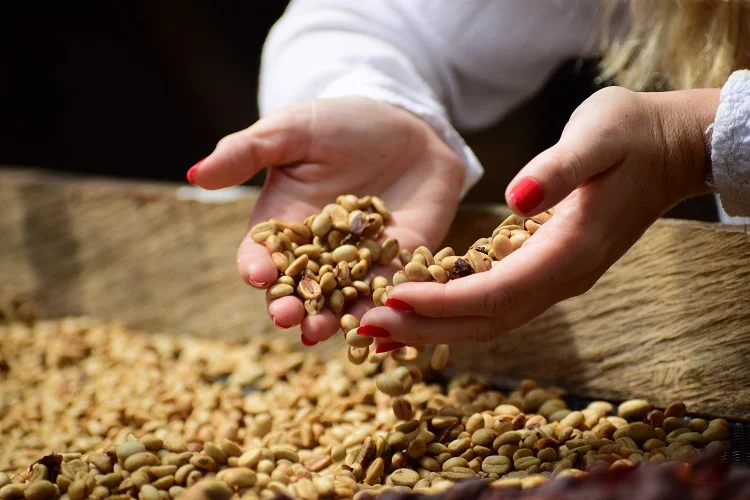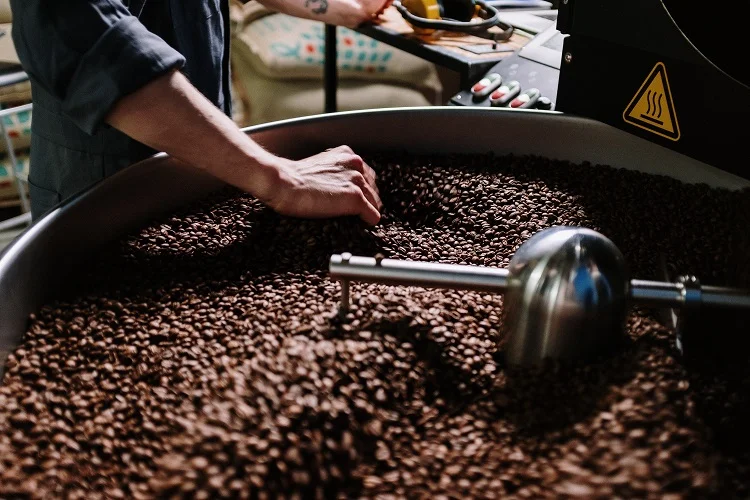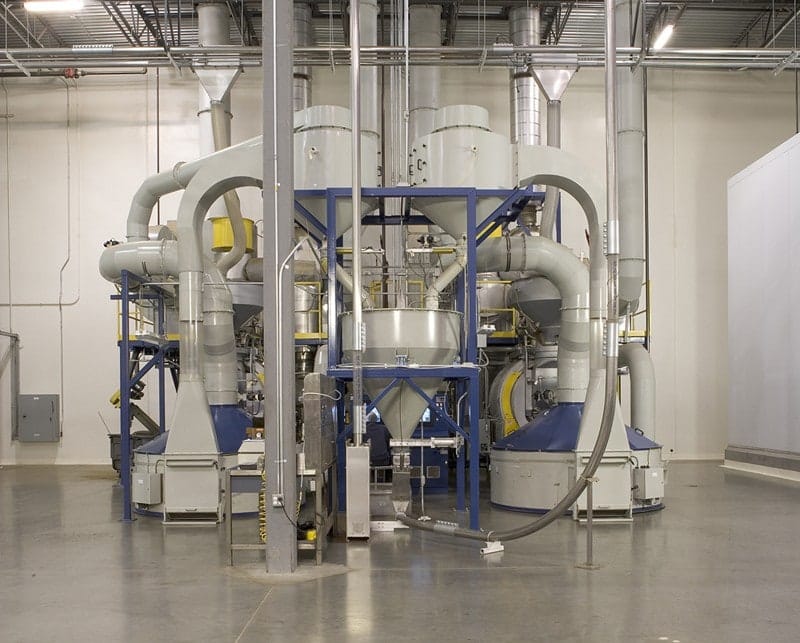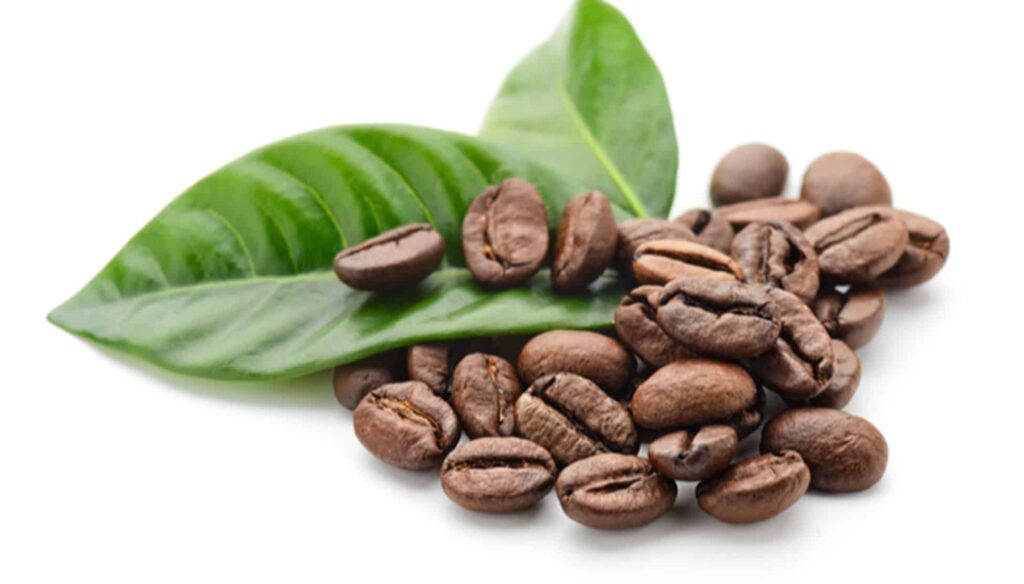Have you ever wondered, “Where do specialty coffee beans come from?” Embark on a flavorful journey as we delve into the intriguing world of specialty coffee. This exploration takes us through the meticulous process, from the cultivation of single-origin beans to the art of perfect roasting and brewing. Join us in uncovering the origins and unique characteristics that define the exceptional quality of this amazing beverage.
Where Do Specialty Coffee Beans Come From?
Specialty coffee beans come from specific geographic climates, where single-origin beans are cultivated, harvested, and processed with meticulous care. This artisanal approach emphasizes quality, distinct flavor profiles, and adherence to stringent standards, making it a unique and sought-after beverage.
What Are Specialty Coffee Beans?
This specialty bean uses single-origin coffee beans that are freshly roasted and perfectly brewed. The term refers to the entire process of coffee making – from bean farming, the preferred processing method, and packaging, right down to the beverage being poured into the consumer’s cup. There are special geographic climates that produce beans with unique flavor profiles, which is what makes it what it is today.
The first time the term “specialty coffee” was mentioned was in 1978 by Erna Knutsen (Knutsen Coffee Ltd.) while she was delivering a speech at an international conference in Montreuil, France. The fundamental concept is that specialty beans should always be well-prepared in fresh-roast coffee that’s appropriately brewed and handled with top-notch conveyor engineering. That segment of the industry trends has been slowly evolving since the 1950s.

Specialty Coffee in the 21st Century
The Specialty Coffee Association of America (SCAA) characterizes this product as green beans devoid of quakers, free from primary defects, appropriately dried and sized, presented in a cup without taints or faults, and possessing distinctive traits. In simpler terms, it must undergo rigorous grading and cupping tests, adhering to well-defined standards that outline its quality in its unprocessed state.
To this day, specialty coffee definitions may vary, but they all share a common theme. The highest quality green bean is roasted to the best flavor potential and brewed perfectly to meet industry standards. It doesn’t include the work of just one person in the coffee’s entire lifecycle. Single-origin beans are produced when everyone involved in the entire value chain focuses on excellence and high standards from start to finish.
Graded through certified coffee tasting, specialty beans need to hold a score between 80 and 100 points, according to a scale by organizations such as the SCA (Specialty Coffee Association). Every step of the process is carefully monitored and analyzed.
Factors Influencing the Specialty Coffee Experience
Consumers have many choices regarding specialty beans, such as the producer and growing region. Buying the best product can be based on the growing regions, the blends designed for a specific flavor, the type of roast, and even the times of the day it should be consumed.
One important characteristic of specialty coffee is that you’ll always find it stored or delivered as whole beans that need to be ground before brewing. It is often roasted in independent stores or small factories.

Explore the Stages of Production
Numerous elements play a role in the production and delivery of the ultimate beverage. The journey of this bean from the hands of the farmer to the miller, passing through intermediaries, roasters, and brewers, is a collaborative process.
The quality of the final experience relies on the collective contributions of each participant in this intricate chain. Therefore, we need to examine the roles that each one of them plays, including the integration of advanced technology like an automated conveyor system, in order to truly understand what specialty coffee is and where it comes from.
Potential and Preservation
To start at the ground level, we need to limit specialty coffee to only the beans sourced from the plant drawn from the right intersection of cultivar, soil chemistry, microclimate, and farming. Its potential is key because, before it’s roasted and brewed, the concept of specialty beans is only a possibility. Putting the plant in the wrong soil or at the wrong altitude prevents the production of a specialty product.
The next important concept is preservation. A ripe cherry that was planted in the right soil, grown under the right climatic conditions, and cared for appropriately has to be preserved. To keep the potential for excellent specialty coffee, it must be picked at the peak of ripeness.
After being harvested, the cherry needs to undergo some initial processing. The time between the harvest and the beginning of processing can also have a significant impact on the final product.
The Initial Processing Stage
In this stage, the coffee cherries must be treated carefully to avoid damage. First, the skin and pulp get removed, and then the beans have to be dried. If they are dried insufficiently, unevenly, too slowly, or too quickly, it can be disastrous to the final quality of the specialty coffee bean.
Before undergoing further stages of raw processing and preparation, the coffee must be rested in storage containers where the temperature and humidity can be controlled. The beans must undergo hulling, a process where they are separated by size using screens before being packaged for shipping. Any minor errors in the screening or storage conditions before shipping can diminish the potential of the coffee.

Roasting Will Boost the Coffee’s Potential
Moving from green beans, the product progresses to the subsequent phase of transformation – roasted coffee. In the roasting process, the roaster must recognize the coffee’s potential, skillfully develop its flavors, and ensure proper packaging. Inadequate packaging methods, subpar materials, malfunctioning equipment, or entrusting the task to an inexperienced roaster can lead to unfavorable outcomes.
When it comes to material transport inside a processing plant, a roaster can utilize tubular cable and drag conveyors to improve production efficiency. A reliable automatic conveyor system will also reduce operating costs, protect the beans from cross-contamination, and minimize bean damage.
Grinding Provides Full Flavor Potential
When executed correctly, this phase preserves the coffee’s potential, and it becomes ready for grinding. Coffee destined for specialty coffee houses is supplied in bean form to ensure that grinding occurs as close to brewing as feasible.
Upon grinding, many delicate aromatic compounds are fully released, while ground coffee is subject to rapid staling and oxidation. What is also critical in this stage is the size of the ground particles. This is determined by the brewing method. If the grind is too fine, the over-extraction may destroy the final product. On the other hand, if the grind is too coarse, it may not develop its full flavor profile potential.
Brewing With the Knowledge
Upon entering the brewing stage, specialty beans are now one step away from the thirsty coffee lover. A barista is skilled in crafting and serving specialty and espresso-based drinks. This designation can also encompass shop staff proficient in preparing regular coffee using methods like a French press, other beverage makers, and, of course, crafting various espresso-based beverages. These individuals showcase exceptional expertise in creating espresso shots, cappuccinos, lattes, and other related drinks.
What’s common to these different definitions is that a barista is certified with many hours of coursework and hands-on experience. The barista is also informed about the origin of the coffee bean, as well as its flavor profiles. Failure to brew specialty coffee correctly will hinder its ability to fully reveal its potential to the consumer.
Whether it’s intended for drip coffee or espresso, specific standards related to brewing temperature, water quality, coffee-to-water ratio, and extraction must be meticulously adhered to to achieve the pinnacle of quality and craft the perfect cup of specialty coffee.

Explore the New SCA Standards
From the green bean to the final beverage, various bean standards are either currently in place or are being developed. For the preparation of drip coffee, the SCA Brewing Standard defines the proper ratio of water to coffee, extraction, brewing temperature, and holding time and temperature. There are also standards for espresso preparation, while those for steeping are under development.
The Roasters Guild has made a great effort to develop better roasting standards by implementing a certification for roasters that helps ensure they’ve been adequately trained in preserving and revealing the true potential of the specialty bean. The Barista Guild is dealing with the development of the barista certificate to ensure the final preparers of the specialty coffee are also experts in the extractions of various flavors inherent in the beverage.
The final analysis is performed to determine the quality of the product (green and roasted beans and prepared beverages) and the quality of life that coffee can bring to everyone involved in the entire process (from cultivation to degustation).
What Conveyor Solutions Should You Use for the Best Handling Process?
Tubular cable and disc conveyors can be used for conveying both whole beans and ground coffee because they operate significantly slower than bucket elevators, augers, drag chain conveyors, and other conveyor technologies. The product is treated gently without force or friction build-up within the inside walls and with no destruction to the bean using airflow.
Why Is a Tubular Conveyor the Best Option for Your Material Handling?
As one of the leading conveyor systems manufacturers, Cablevey Conveyors understands the critical role these standards play in the coffee industry. Our commitment extends to providing conveyor solutions that align seamlessly with the evolving standards, ensuring the efficient and quality-driven handling of beans from inception to consumption. Explore how our top-notch enclosed tubular conveying system can enhance your production processes and contribute to the success of your specialty endeavors.

Elevate Your Production With Cablevey Conveyors
Each year, Cablevey joins specialty coffee exhibitions to demonstrate how our automated conveyor systems can improve the efficiency and safety of the distribution of beans throughout the production process. We have already engineered fresh or roasted bean manufacturing conveyor systems for production plants (large to small) around the world. Beyond the provision of cutting-edge conveyor manufacturing, we offer comprehensive conveyor installation supervision to ensure seamless integration into your production environment. Contact us if you would like to know more about our expertise in conveying beans and other food products.






